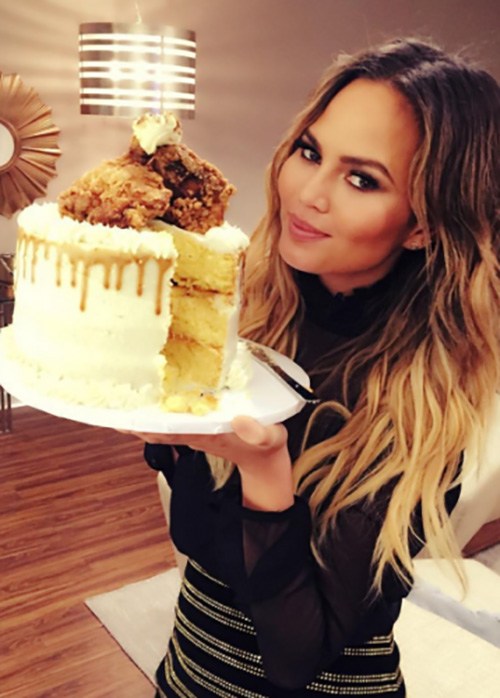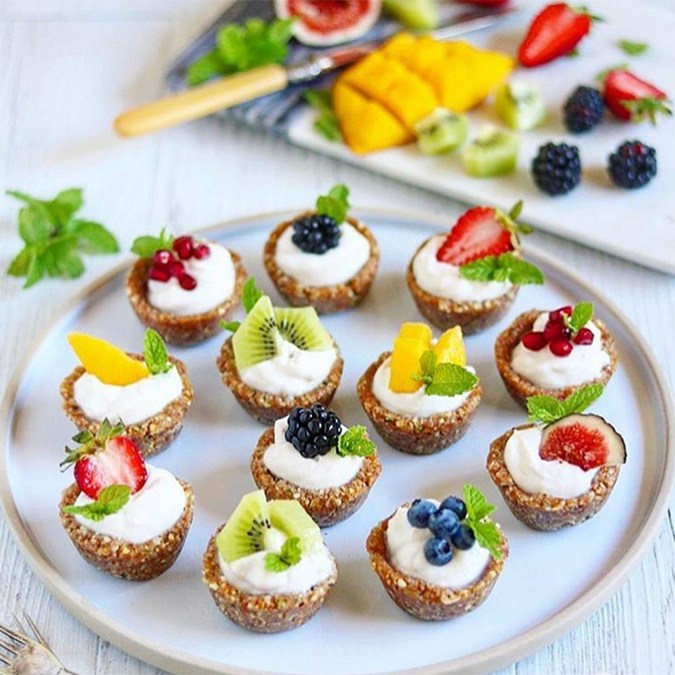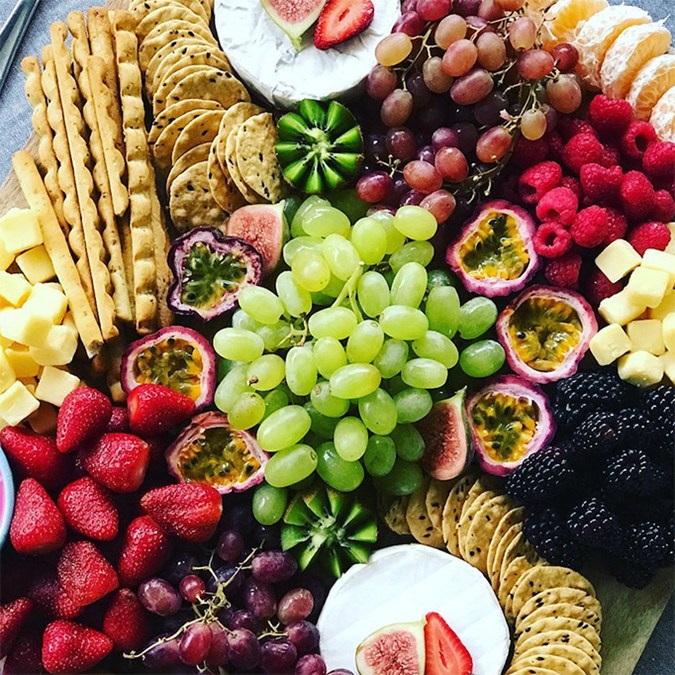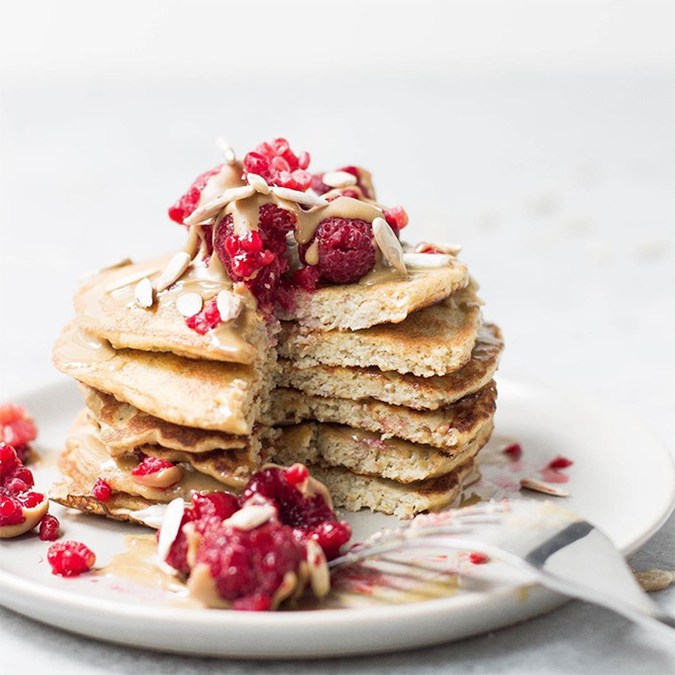The difference between ‘good’ and ‘bad’ sugars

And exactly how much you should be eating each day
And exactly how much you should be eating each day
Whether we understand why or not, we all know that limiting our sugar intake where possible is a good idea. And with restricted sugar diets popping up all over the place in recent years, it’s becoming almost trendy to do so. But what exactly is sugar and how do the different varieties (both ‘good’ and ‘bad’) impact our bodies? To find out, we spoke to nutritionist, Zoe Bingley-Pullin.
What is sugar?
While you know what sugar tastes like, do you know what it actually is? According to Bingley-Pullin, “sugar is a type of carbohydrate found in a variety of foods or added to foods, which the body converts into glucose for use as energy.”
But sugar is a lot more complicated than you initially might think and comes in many more varieties than the one you add to your morning coffee. Bingley-Pullin explains that sugars can be split into two main categories: monosaccharides (simple sugars with single sugar molecules) and disaccharides (those with double sugar molecules).
Monosaccharides include glucose, fructose, galactose and mannose, all of which require no additional digestion to be transported into the bloodstream. Monosaccharides are present in the likes of fruits, some vegetables, honey and nuts.
Disaccharides (which are often found in table sugar, milk and other sugary foods and drinks) on the other hand, are too big to pass through the filter in the intestines on their own, which means the body has to split the double sugar molecules into two monosacchrides before they can enter the bloodstream. Still with us?
How sugar is referenced on an ingredients list
One of the main problems with sugar (in addition to how addictive it is) is the myriad of ways it can be represented on a product’s ingredients list. For instance, Bingley-Pullin says sugar can be listed using a “multitude of different names such as: sugar, cane sugar, evaporated cane juice, coconut sugar, malt syrup, molasses, golden syrup, rice malt syrup, honey, beet sugar, dextrose, fructose, sucrose, lactose, glucose and galactose.” With that many names, it’s no wonder we’re all so confused!
The differences between refined and unrefined sugar
We’ve all been told we need to steer clear of refined sugars where possible i.e. the sugar that’s found in all the best foods – chocolate, ice cream and cupcakes etc. And for good reason. “Refined sugar is processed from sugarcane or sugar beets and is devoid of nutrients and minerals,” explains Bingley-Pullin. So, while your third row of Cadbury chocolate might taste delicious, it’s really not doing your body any good. It’s also best to avoid refined sugars because they’re “quickly absorbed into the bloodstream, which can cause a spike in blood sugar levels and a crash in energy. This crash can then cause you to seek out more energy i.e. sugar, to rise blood sugar back up again,” explains Bingley-Pullin.
Alternatively, the sugars that aren’t quite as bad are those of the unrefined variety. “Unrefined sugar hasn’t gone through the same level of processing and therefore retains some of its minerals and vitamins,” Bingley-Pullin adds. Additionally, “foods containing natural/ unrefined sugar such as fruit and root vegetables also contain fibre, vitamins and minerals. The addition of fibre reduces the rate at which sugar is released into the bloodstream. This means, fruit and root vegetables are more sustainable sources of energy and will help prevent spikes in blood sugar. Similarly, including a source of protein and fats in meals or snacks alongside foods containing sugar can help stabilise blood sugar,” says Bingley-Pullin.
The ‘good’ sources of sugar
Put simply, “sugar from food in its natural state is the best skin of sugar, as it comes with added nutrients and minerals,” explains Bingley Pullin. As such, the best sources of sugar are found in foods like root vegetables (sweet potato, beetroot and carrot), fresh fruit, natural yoghurt and milk.
She also notes, “Foods like raw honey, brown rice syrup and pure maple syrup are alternative to refined table sugar and offer more nutrition, but don’t have fibre. So, they’re best eaten as part of a meal in small quantities and not on their own.”



The ‘bad’ sources of sugar
While we firmly believe no food is inherently ‘bad’ and sometimes all you need come 3.30pm on a Thursday is a hot chocolate and/ or extravagantly iced cupcake, it is important to restrict your intake of foods containing added sugar the majority of the time.
The main added sugars you need to be wary of include “high fructose corn syrup, which has been linked to a reduced ability to suppress areas of the brain that help control appetite and motivation to eat, leading to increased hunger levels. Artificial sweeteners contain very little energy and when consumed trick the body into thinking it’s going to receive food. The body is then geared up to receive food, so will feel excessively hungry if not provided with real food,” explains Bingley-Pullin.
Are natural sweeteners good alternatives to sugar?
“At the end of the day, it’s best to sweeten foods with natural sugars such as fresh fruit. However, natural sweeteners [like Stevia] contain very little, if any calories and don’t seem to impact blood sugar as much as regular sugar. Stevia is a popular pick when it comes to natural sweeteners and is perfectly fine to use, but a little goes a long way,” says Bingley-Pullin.
So, yes, they’re a good alternative to added sugar, but make sure to use them in moderation.
The surprising foods that contain sugar
It’s also important to note that sugar is present in a whole host of foods, many of which you wouldn’t expect. Bingley-Pullin notes the main savoury foods that contain added sugars include “tomato sauce, mayonnaise, salad dressings, canned soup, canned vegetables and bread.”
The advised daily sugar intake
“The World Health Organisation recommends that added sugars and sugars naturally occurring in foods such as honey and fruit juice make up no more than 10 per cent of our daily kilojoule intake and less than five per cent of total kilojoule intake has even better effects on health, which works out to roughly six teaspoons of sugar daily for the average person,” says Bingley Pullin.
Want more healthy eating advice? Then find out the eight superfoods that can actually be bad for you.
Do you have any tips or tricks to minimising your sugar intake? Share them with us in the comments below.
Main image credit: @chrissyteigen
Inset image credit: @zoebingleypullin

Kate started working for BEAUTYcrew in early 2016, first as a contributor, and was then named Beauty Writer in 2017. She loves picking the brains of the industry's top experts to get to the bottom of beauty's toughest questions. Bronze eyeshadow palettes are her weakness and she's forever on the hunt for the perfect nude nail polish to suit her fair skin. Her words can also be found in Men's Health magazine, and she now works in PR.
Related tags
sugar /







